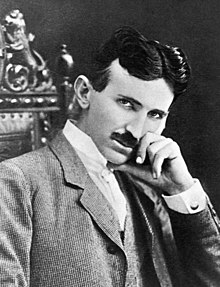 For the last few weeks, we've been trying to answer some of the common questions people have about radiology, such as why is an MRI machine so noisy or what's the difference between digital X-ray and film X-ray. This week, we'll be talking about Computed Tomography (CT) scans.
For the last few weeks, we've been trying to answer some of the common questions people have about radiology, such as why is an MRI machine so noisy or what's the difference between digital X-ray and film X-ray. This week, we'll be talking about Computed Tomography (CT) scans.In a nutshell, CT scanning, used to diagnose medical conditions, combines special X-ray equipment with sophisticated computers to produce multiple images of the inside of your body.
What is a "slice" in a CT scan?
You may have heard that CT machines produce slices -- Zwanger-Pesiri Radiology has 64-slice, 128-slice, and 256-slice machines. But what does a "slice" mean? Well, it actually means exactly what it sounds like. Think of a slice of bread or a slice of cake -- the CT machine divides the body up into "slices" and takes pictures of these slices which are then reconstructed using a computer. The CT machine produces 2-dimensional pictures which are put together by a computer into very detailed, 3-dimensional images which show bones, soft tissue, organs, and blood vessels. These pictures then help physicians to diagnose problems. Imagine a loaf of bread. You can see the whole loaf at once or you can look at individual slices. CT gives doctors a very powerful tool to aid in the diagnosis of cancer, cardiovascular disease, infectious disease, appendicitis, trauma, and musculoskeletal disorders.
Are more slices always better? Do I always want to have the highest amount of slices possible?
That completely depends on what your physician is looking for. For some conditions, more slices are preferable and can help doctors identify very small abnormalities. For other conditions, the number of slices really doesn't matter. Your radiologist will know which choice is best for you.
What about radiation?
Zwanger-Pesiri is committed to keeping radiation doses as low as possible by using the newest technology. In addition, we participate in the Image Wisely program, which encourages smart medical imaging. We pledge to eliminate unnecessary scans and provide you with the safest scans possible. After your CT, the actual radiation dosage that you were exposed to will be printed on your records and will be provided to you. Keep this information as part of your personal medical record.
Do you have any questions about MRI, CT, X-ray, Ultrasound or other scanning machines? Feel free to email us with your questions!




















